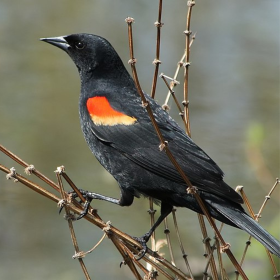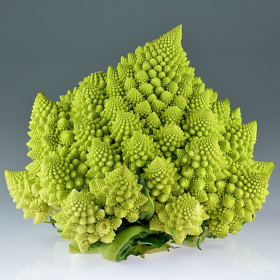
Poor Will's Almanack
Tuesdays during Morning Edition
Bill Felker's "Poor Will's Almanack" for Southwest Ohio and beyond features observations and reflections on the natural world.
Latest Episodes
-
This week's episode of Poor Will's Almanack has notes from Bill Felker's archives of forty years of observation of what happens in nature in the Miami Valley and beyond.
-
This week's episode of Poor Will's Almanack has notes from Bill Felker's archives of forty years of observation of what happens in nature in the Miami Valley and beyond.
-
This week's episode of Poor Will's Almanack has notes from Bill Felker's archives of forty years of observation of what happens in nature in the Miami Valley and beyond.
-
This week's episode of Poor Will's Almanack has notes from Bill Felker's archives of forty years of observation of what happens in nature in the Miami Valley and beyond.
-
This week's episode of Poor Will's Almanack has notes from Bill Felker's archives of forty years of observation of what happens in nature in the Miami Valley and beyond.
-
This week's episode of Poor Will's Almanack has notes from Bill Felker's archives of forty years of observation of what happens in nature in the Miami Valley and beyond.
-
This week's episode of Poor Will's Almanack has notes from Bill Felker's archives of forty years of observation of what happens in nature in the Miami Valley and beyond.
-
This week's episode of Poor Will's Almanack has notes from Bill Felker's archives of forty years of observation of what happens in nature in the Miami Valley and beyond.
-
-
This week's episode of Poor Will's Almanack has notes from Bill Felker's archives of forty years of observation of what happens in nature in the Miami Valley and beyond.










